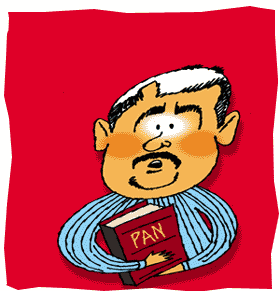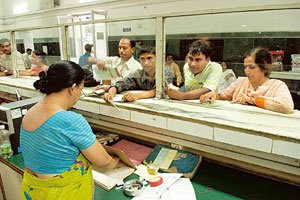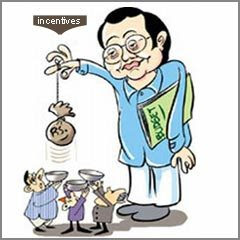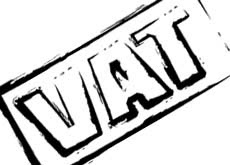
















The TAX saving season is here. Most tax-payers start looking at various investment options for saving income-tax from December onwards and complete the process by March every year. Most popular among individual investors is the section 80C of the Income-Tax Act. Under this investments in certain specified instruments and expenses under certain items qualify for deduction from income up to a limit of Rs 1 lakh per assessee.
Let’s look at the expenses first.
Education expenses incurred on children’s tuition fees, etc. for school/college/university in
Repayment of the principal amount of housing loans is also deductible under section (u/s) 80C, besides the deduction of interest paid on housing loans as “loss on house property” up to Rs 1,50,000 per annum (p.a.). This combination saves Rs 75,000 every year for an assessee paying tax at the rate of 30 percent. This is a very good tax-saving-cum real estate investment option available to salaried individuals.
Employees’ contribution to provident funds, a compulsory investment route, also qualifies for this deduction. Life Insurance premium is another item allowed under the section.
But investors should learn to think beyond section 80C for proper investment planning. The secondary and equally important objective should be to get the best out of investment options. The choice could vary depending upon the age, risk profile, total income and investment objective of an individual. Most investors have been purchasing National Savings Certificates (NSC) and/or investing in Public Provident Fund (PPF) accounts. Both these schemes offer 8 per cent interest per annum – PPF is better, because the interest earned is tax-free. But there are better options. Equity Linked Saving Schemes of MFs (ELSS) Salient features:
1. Lock in period – only three years
2. Compared to NSC/PPF the lower lock-period ensures that you get twice the tax benefit in ELSS on a fixed sum invested today
3. Dividend tax-free at the hands of the investor
4. Returns – not assured, but over the last three years ELSS’ have delivered average returns in excess of 40 percent per annum
5. Dividend payout option – especially in respect of existing open-ended ELSS – ensures that the amount locked in is actually less than the amount invested. Example (smaller lock-in period)
Lets take the example of two hypothetical investors Rahul and Abhishek. Rahul, a conventional investor, purchases NSC’s worth Rs 60,000. Rahul purchases NSC’s worth Rs 60,000. He will save tax of Rs 18,000 this year, but his money will be locked in for six years and he will start paying tax on accrued interest on the NSC from the next year on wards; while the return is just 8 per cent.
Compare him with Abhishek who invests Rs 60,000 in ELSS of an existing mutual fund. He is expected to earn more than 8 per cent returns, which will be tax free. After three years his capital will be released which can invested in an ELSS scheme yet again (assuming that tax laws remain the same). Thus on Rs 60,000 invested in ELSS, Abhishek can save Rs 36,000 income tax in six years besides earning higher tax-free income compared to Gore.
Tax saved in six years is double in ELSS compared to PPF/NSC, while the returns also tend to be superior. Old fund vs new fund It may be wiser to consider investing in an existing open-ended ELSS rather than a new fund, if tax savings is your only objective. Some existing ELSS funds with high NAV declare very handsome dividends in these months – watch out for such funds.
Let’s assume that Abhishek invests Rs 60,000 in an existing ELSS fund with a good track record, at the current NAV of Rs 20. Suppose the fund declares dividend at the rate of Rs 10 per unit, Abhishek will get tax-free dividend of Rs 30,000. He will save tax of Rs 18,000 on net investment of Rs 30,000 with a lock in period of only three years. This combination ensures that he is four times better off compared to Gore. (Not considering the superior returns possible in mutual funds).
Pension plans of mutual funds Another important but often ignored option u/s 80C is “Approved pension/retirement benefit plans of mutual funds”. Only two mutual funds have schemes that have been approved by CBDT for tax benefit – the two being Templeton India Pension Plan and UTI Retirement Benefit Plan. These two funds are balanced funds and have managed to deliver returns of around 15 percent per annum since their inception about 7-8 years ago. Obviously, the returns are superior compared to 8 percent tax-free returns of PPF and these schemes should be considered as an alternative to PPF investments. The tax payers in the age group of 40-plus should start investing on a systematic basis in these pension plans for tax savings, tax-free returns and most importantly for “Retirement Planning”. Say in 15 years the lump sum accumulated would be much higher than that in a PPF account.